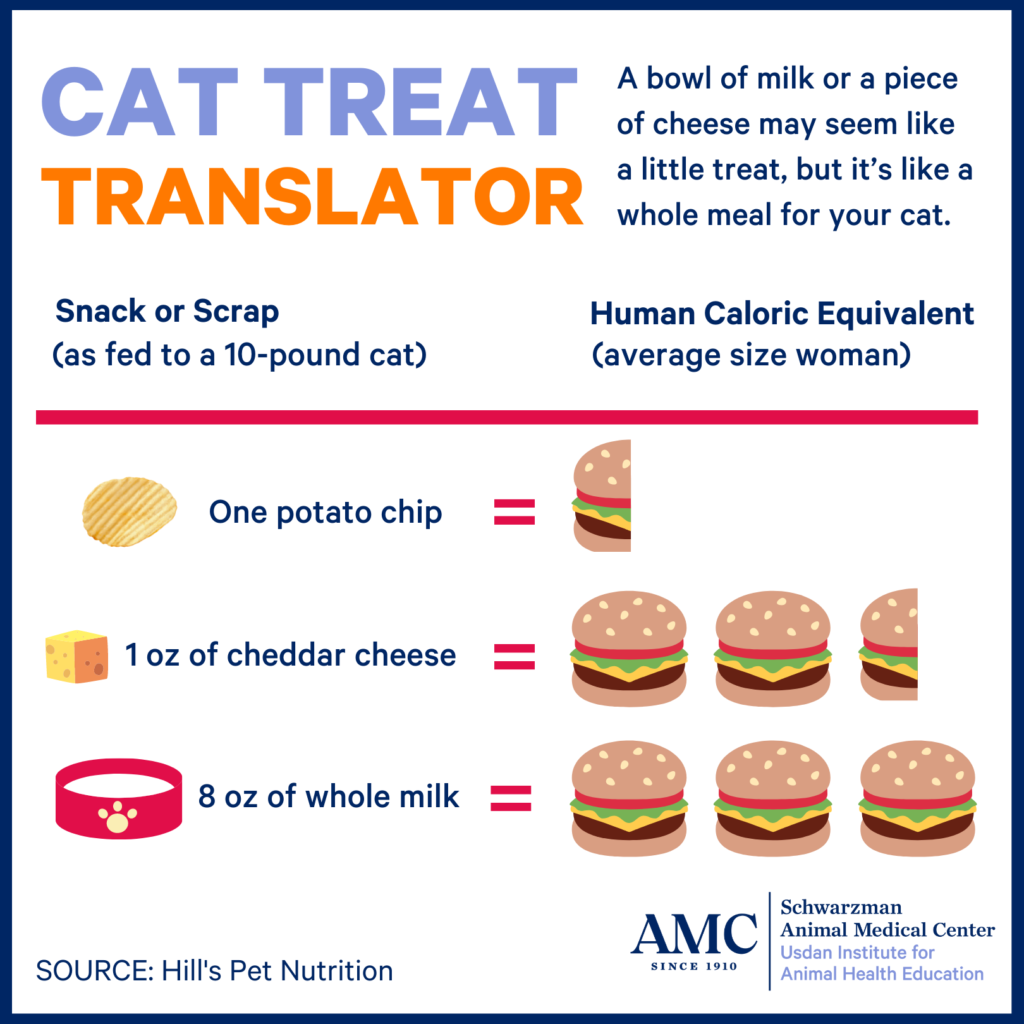How to Know If Your Pet Gained Pandemic Pounds

How to Know If Your Pet Gained Pandemic Pounds
The COVID-19 pandemic not only increased the number of pets we share our homes with, it also increased the weight of the pets we already had. A recent New York Times article describes the weight gain incurred by a number of pets during the pandemic. The experiences of these pets and their families provide some learning opportunities for all pet owners.
Surprise Weight Gain in Fluffy Pets
The article describes Henry who, like many of us during the pandemic, did not get a haircut for months. When he finally made it to the groomer, it turned out he was more pudge than pouf. Another pet featured in the article is a big fluffy cat that now weighs 19 pounds. The takeaway from these two pets is about fur: furry animals can hide plenty of extra pounds beneath their coat. To assess your pet’s weight, you need to put your hands on them. If you can’t feel their ribs and can only feel a layer of nice soft fat, your pet is overweight. Veterinarians use a method of assessing weight called body condition score (BCS) in dogs and cats. I have tried to make the BCS more pet family friendly by substituting well known dogs and cats for the more clinical images veterinarians rely on.
Pandemic Routines Pack on the Pounds
The pandemic changed everything, and some of the changes resulted in pets gaining weight. Owners interviewed for the article reported giving more treats to make their dog and themselves feel better. One dog started getting a handful of Cheerios every day. In a pet who only needs 300 – 1000 calories per day, even a tiny increase in calories starts adding up. Assuming the Cheerio-eating dog weighed 40 pounds, he should be eating about 615 calories per day. A handful of Cheerios is about 1/3 cup, which is 50 calories, nearly a ten percent addition to the dog’s daily requirement.


Portion Control is Critical
Several of the pet owners quoted by the New York Times instituted portion control measures once they realized their pet had gained weight. Portion control is critical and can require some creativity to keep one pet from eating the other pet’s food, resulting in weight gain. Technology can help with portion control. There are timed feeders which can be filled in advance. Pets quickly learn not to pester you for food and to wait for the feeder to open. There are also feeders that can be linked to your pet’s microchip. The feeder opens only when the correct pet comes close and closes when they finish eating, preventing food stealing.
Losing weight is always more challenging and less fun than gaining weight. But these tips on assessing your pet’s weight, controlling portions and limiting treats should help your pet get back to their prepandemic weight. Read more about obesity in dogs and obesity in cats in our Pet Health Library.

































